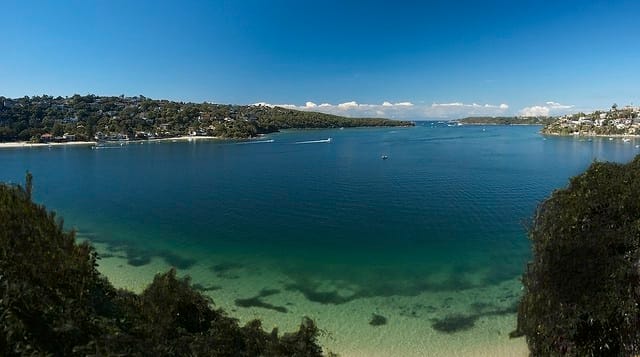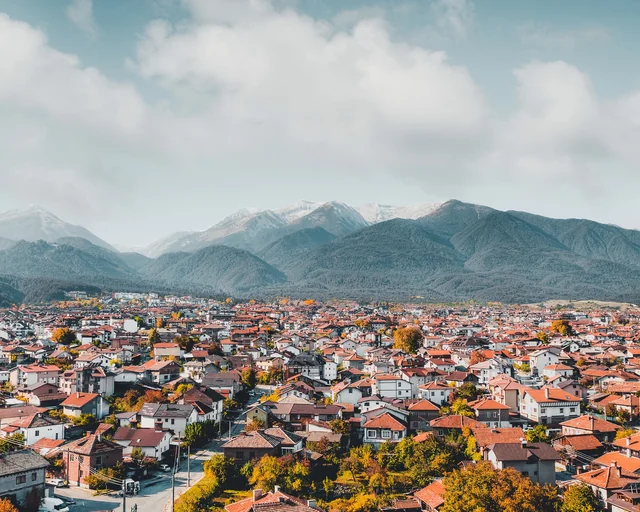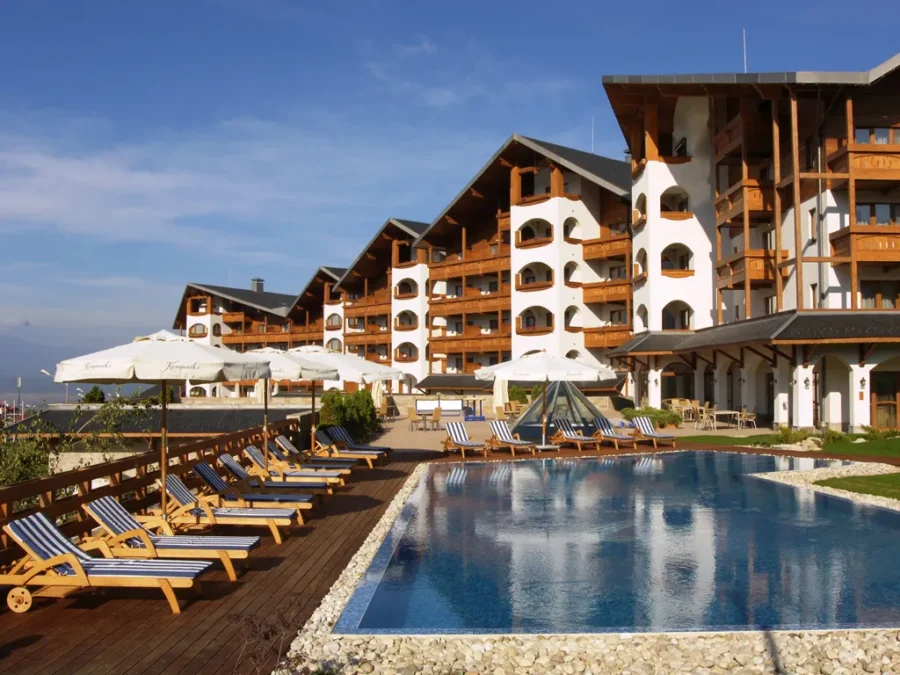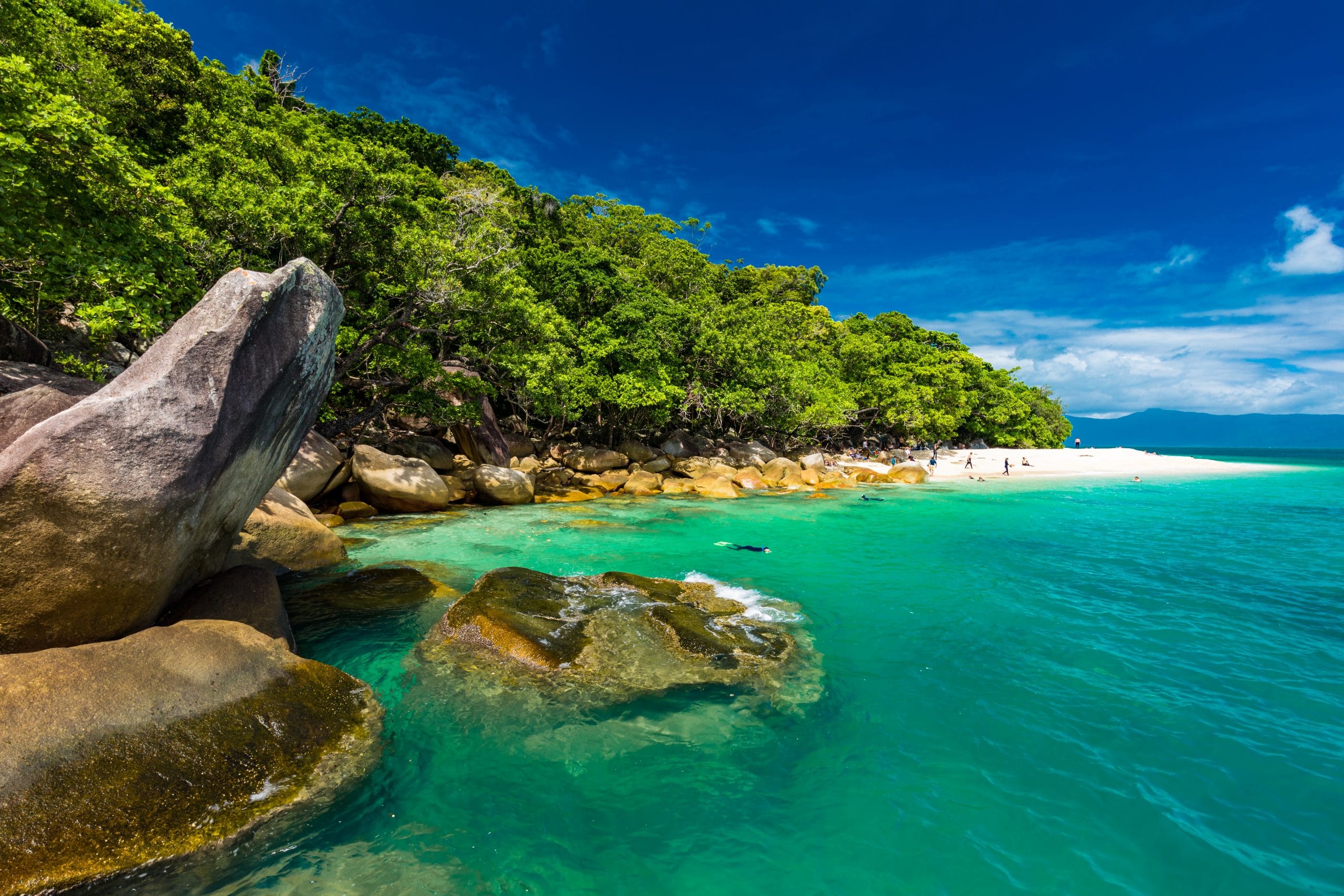Bondi Beach is well-known for its vibrant atmosphere, surf culture, and sunny weather, but even when the temperatures drop from June to August, this iconic Sydney suburb offers plenty of attractions to explore. While you might not be lounging in the sun or catching waves, Bondi in winter has a charm of its own. From scenic coastal walks to indulgent food experiences, Bondi transforms into a cozy, relaxed destination perfect for exploring at a slower pace. Whether you’re into wellness retreats, cultural outings, or simply soaking in the picturesque winter scenery, Bondi still holds its appeal year-round. Here’s a guide to some of the best things you can do in Bondi during the colder months.

8 Things to do in Bondi in Winter
1. Go on an art tour
If the weather keeps you from enjoying Bondi’s famous outdoor activities, exploring the local art scene is a perfect alternative. Bondi boasts several high-quality galleries, each offering a unique window into Australia’s vibrant artistic culture. Start with the Cooee Aboriginal Art Gallery, one of Australia’s oldest Aboriginal-owned galleries, which showcases traditional and contemporary Indigenous artworks. With its mission to promote Indigenous art and culture, the gallery offers a rich selection of paintings, sculptures, and crafts from Aboriginal artists all across the country. Spend some time learning about the significance behind each piece, many of which tell stories of Indigenous history, spirituality, and connection to the land.
For a more hands-on experience, visit the Bondi Art Lounge, a welcoming space where you can view works by local artists or, better yet, join a class to create your own masterpiece. This gallery regularly offers art classes for beginners, so even if you’ve never painted before, it’s a fun way to get creative and connect with the local community. Bondi’s art scene continues to thrive year-round, and whether you’re an art enthusiast or a casual observer, spending time in these galleries can be an inspiring way to enjoy Bondi’s cultural side.
2. Take a Hike
Bondi’s stunning coastal scenery becomes even more refreshing in the cooler months, and there’s no better way to experience it than by embarking on a coastal hike. The Bondi to Coogee Walk is one of the most famous coastal trails in Sydney and for good reason. Stretching for 6 kilometers, this scenic trail offers breathtaking views of the Pacific Ocean, rugged cliffs, and secluded beaches along the way. The walk takes you through several of Sydney’s eastern suburbs, such as Tamarama, Bronte, and Clovelly, each with its own charm and inviting atmosphere.
The cooler temperatures during the winter months make this hike even more enjoyable, as you’re less likely to overheat, allowing you to take your time and soak in the views. Along the way, you’ll find plenty of opportunities to stop at cafes, kiosks, and restaurants, where you can relax and enjoy a coffee or snack with an ocean backdrop. Be sure to bring a camera, as you’ll pass plenty of photo-worthy spots, including Waverley Cemetery, one of the most scenic burial grounds in the world, perched on the cliffs above the sea. The Bondi to Coogee Walk is a must-do year-round, but the crisp, cool winter air adds a unique tranquility to this iconic hike.
If the weather doesn’t allow for the typical outdoorsy activities Bondi is known for, a tour of some of its first-rate art galleries can be a great way to spend an afternoon. Don’t miss the Cooee Aboriginal Art Gallery, dedicated to promoting Indigenous art, and the Bondi Art Lounge, where you can view works from local artists or even take a beginner class and create a masterpiece of your own.

3. Head to Bondi Icebergs for Some Winter Swimming
Even during the colder months, swimming remains a quintessential Bondi experience, especially at the Bondi Icebergs Club, home to one of the most famous ocean pools in the world. Bondi Icebergs is open year-round, offering the unique experience of swimming in their picturesque Oceanside pool, with stunning views of the Pacific Ocean. What makes this spot particularly special during winter is its deep-rooted tradition of winter swimming, which has been a part of the club’s culture since 1929. Every Sunday from May to September, you’ll find the bravest swimmers taking part in this time-honored tradition, where members dive into the bracing waters despite the chilly conditions.
For those who are curious but not ready to commit to a full membership, non-members are welcome to join in the fun by paying a one-time entry fee, granting access to both the pool and the sauna. The cold plunge, followed by the warmth of the sauna, is invigorating and offers a rewarding challenge that many swimmers look forward to each winter. The view alone—swimming with the backdrop of crashing waves and the cliffs of Bondi—is worth the experience.
But the Bondi Icebergs isn’t just for athletes; it’s a place where locals and visitors alike come to enjoy the relaxed atmosphere, grab a meal at the Icebergs Bistro, or simply enjoy the winter sunshine while watching the ocean swell. If you’re not quite ready to brave the cold waters, you can still enjoy the social aspect of this iconic venue and soak in the panoramic views from the safety of the heated indoor spaces.
4. Strap on your skates and visit the only beachside skating rink in Australia
If winter swimming is a step too far for you, why not skate instead? Bondi has Australia’s only beachside ice rink, and the ocean view in the background makes for a striking contrast. The ice rink is open from June 27 to July 13, and aside from hosting skating sessions that are open to the public, it also features spectacular ice shows from Stars On Ice.
5. Settle in for brunch at one of Bondi’s decadent cafes
Winter wouldn’t be the same without a few indulgences, and after all your skating and hiking, you’ve probably earned a hearty brunch anyway. Fortunately, Bondi is full of great brunch options, from Trio Café with delicacies like poached eggs with truffle oil and char-grilled halloumi; to the rustic Brown Sugar, where you can indulge in classic comfort food like buttermilk pancakes and English muffins with bacon.

6. Join a cooking class, dodge ball game, or salsa lesson
During the winter, it may seem like most people have gone off to hibernate, but if you know where to look, you can still find plenty of social things to do. Start by checking out the Bondi community page on Gumtree. You can find like-minded individuals to explore the area with or even join a group for fun activities like hiking, biking, or cooking.
7. Score some vintage fashion at Bondi Markets
The Bondi Markets, held every Sunday on Bondi Beach, are known in Sydney for being the best place to shop for vintage clothing and accessories and hip new fashions from emerging designers. Aside from style, you can also shop for art, furniture, flowers, books, local produce, and delicious street eats. Even if you don’t buy anything, it’s a great place to do some people-watching and see the Bondi locals in their element.
8. Stop by the Bondi Pavilion
The Bondi Pavilion is one of the suburb’s oldest landmarks dating back to 1928 when it first opened, featuring grand dining rooms, a lounge, a ballroom, and the Turkish and Hot Sea Water Baths. Today, it’s used as an art and cultural center and is home to a theatre group, recording studio, and art gallery. There’s always something going on here, from pottery classes to festivals to open-air cinemas, so check it out if you have a chance.
Conclusion: Winter in Bondi—A Different Kind of Magic
While Bondi Beach is typically associated with summer sun, surfing, and crowds of tourists, winter brings a unique charm to this iconic Sydney destination. As the pace slows and the air cools, Bondi offers an opportunity to experience the suburb in a new way—one that’s relaxed, refreshing, and undeniably inviting. Whether you’re delving into the local art scene, taking in the breathtaking coastal views on a hike, or braving the invigorating waters of Bondi Icebergs, there’s no shortage of ways to enjoy Bondi during the colder months.
From indulging in hearty brunches at cozy cafes to strapping on skates at the beachfront ice rink, winter allows locals and visitors alike to engage in activities that bring a sense of warmth and community. The Bondi Markets and the historic Bondi Pavilion continue to thrive, offering vibrant spaces for culture, fashion, and entertainment. And with winter events like cooking classes and salsa lessons, there are plenty of social activities to keep you connected with others while you explore the best of Bondi in its quieter season.
Bondi in winter may be different, but it’s far from dull. Whether you’re seeking adventure or relaxation, there’s something for everyone. So, if you find yourself in Sydney’s most popular suburb between June and August, take the chance to explore Bondi’s winter magic—you won’t be disappointed!


 Africa1 month ago
Africa1 month ago
 Travel Tips3 weeks ago
Travel Tips3 weeks ago
 Health2 months ago
Health2 months ago
 Europe4 weeks ago
Europe4 weeks ago
 Adventure Travel3 weeks ago
Adventure Travel3 weeks ago
 Travel Tips1 week ago
Travel Tips1 week ago
 Travel Tips2 weeks ago
Travel Tips2 weeks ago
 Technology6 days ago
Technology6 days ago
















 We have been wearing out our jandals (Kiwi for flip-flops) on our travel adventures around the world since 2009. We think our blog is thought provoking and a little witty. But we have been proven wrong before. Find out more
We have been wearing out our jandals (Kiwi for flip-flops) on our travel adventures around the world since 2009. We think our blog is thought provoking and a little witty. But we have been proven wrong before. Find out more